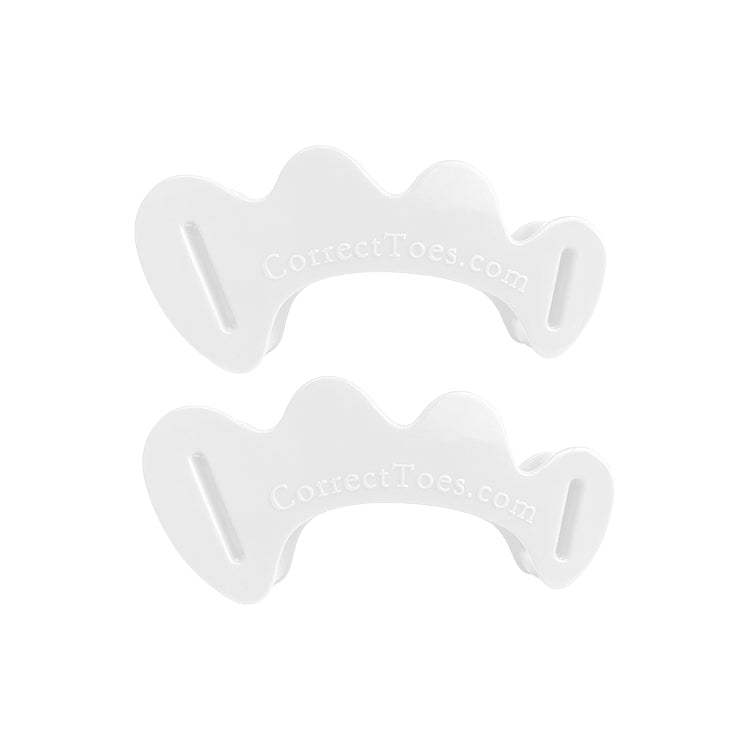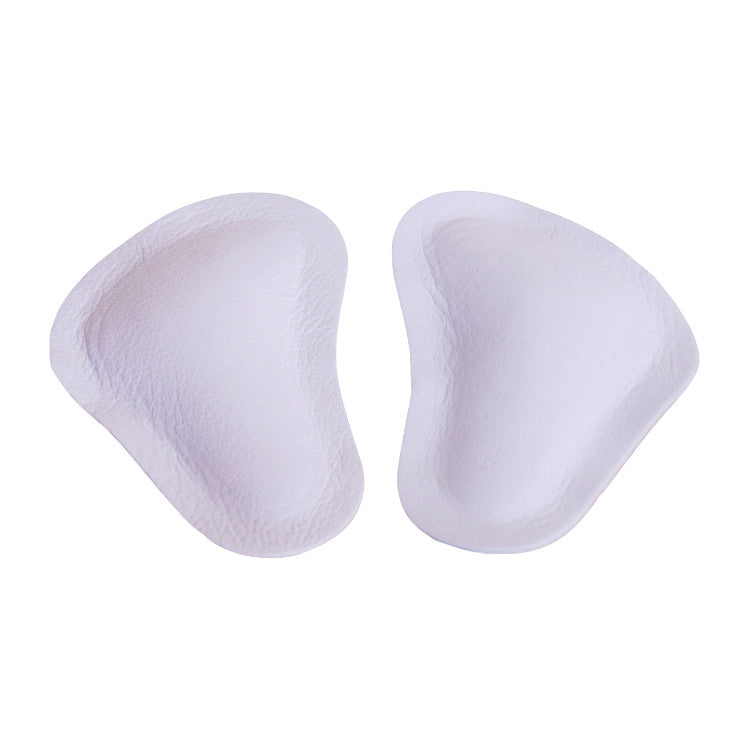
Barefoot walking is part of our natural foot health heritage. Our ancestors walked barefoot across a variety of terrain and in a variety of climatic conditions. Many people around the world still walk barefoot or in minimalist footwear without experiencing the kind of foot and toe issues—such as bunions, crooked toes, and neuromas—that plague many shoe-wearing individuals. So, is walking barefoot a good strategy for achieving optimal foot health? For many people, it can certainly help, especially when the approach used is gentle and gradual.
Most conventional shoes and boots incorporate several problematic design elements that prevent the feet from functioning as nature intended. Heel elevation, tapering toe boxes, toe spring, and rigid, inflexible soles all contribute to the immobilization, weakening, and deformation of the feet over time. These design characteristics alter joint alignment and directly affect the lower leg and foot muscles’ angle of pull on various foot and toe bones, and they strip the foot of its inherent strength and integrity.
Walking barefoot can help strengthen weak foot muscles, but it’s not always the best thing for people who have foot pain; in fact, barefoot walking may make the pain even worse in some cases. The key, from our experience, is for those without foot pain to start barefoot walking very gradually and then build up tolerance over time. If walking with bare feet directly in contact with the ground is painful, similar foot health benefits may be achieved by using a foot-shaped shoe that allows the foot to function like a healthy bare foot inside the shoe (i.e., the shoe is essentially just a protective covering for the foot and doesn’t alter, in any way, how the foot itself functions).
If you can walk barefoot without pain, the type of surface you walk on is also important. We have found that grass, though very soft and forgiving to the feet, is usually not the best surface to walk barefoot on, as it’s easy for sharp objects to be hidden from view. We’ve found it better to use a surface you can fully see, such as a track (indoor, if possible), carpet, wood floors, flattened beach sand (i.e., near the water's edge), turf, or any other safe, relatively debris-free surface upon which your foot can support your body naturally and experience feedback from the ground.
In our experience, we have found barefoot walking to be a helpful natural approach to rehabilitating the feet and toes, and barefoot walking can, for many people, be helpful in building strong and healthy feet. But, as mentioned above, it’s best to approach it gradually and with care once you’ve already progressed a bit down the path toward optimal foot health. We recommend consulting your foot care provider before incorporating barefoot time as part of your regular foot care routine.
To learn more about barefoot walking, you might consider reading one of the following books:
-
The Barefoot Book by Daniel Howell
-
Whole Body Barefoot by Katy Bowman
-
Barefoot Walking by Michael Sandler and Jessica Lee
These books contain a wealth of information about how to safely and successfully enjoy the benefits of barefoot walking. Happy reading, and happy walking!

WANT TO IMPROVE YOUR FOOT HEALTH?
Let the team at Natural Footgear help you! Subscribe to our newsletter for the latest offers and helpful info, and sign up for our FREE email courses on various topics and foot health conditions.
Sign Up →
Want to Improve Your Foot Health?
We are here to help you every step of the way. Get our newsletter for the latest offers and helpful info, and sign up for our FREE email courses on various topics and conditions, including bunions, hammertoes, neuromas, plantar fasciosis, shin splints, ingrown toenails, and more.
Sign Up →
 It’s true that most shod humans are not currently adapted to walk or run barefoot on hard surfaces such as asphalt or concrete, but that doesn’t mean we don’t have the capacity to do so. Our feet are remarkably adaptable and can, with time and careful exposure, learn to tolerate a wide variety of surfaces—soft, hard, smooth, or bumpy—as long as the foot is strong and free of acquired, footwear-induced...
Read more
It’s true that most shod humans are not currently adapted to walk or run barefoot on hard surfaces such as asphalt or concrete, but that doesn’t mean we don’t have the capacity to do so. Our feet are remarkably adaptable and can, with time and careful exposure, learn to tolerate a wide variety of surfaces—soft, hard, smooth, or bumpy—as long as the foot is strong and free of acquired, footwear-induced...
Read more












Thanks for your site and all the information you share with us. My question is about a term—re-wilding—that I keep hearing about. What does it mean to “re-wild” the feet?
Hi, Janet. Thank you for your kind words and thoughtful question—it’s one that we’re especially excited to explore. To “re-wild” the feet means to restore their natural strength, mobility, and function by undoing the effects of conventional footwear and sedentary living. Much like ecological rewilding aims to return landscapes to their original, balanced state, foot rewilding is about returning your feet to the way they were meant to be—mobile, resilient, and fully integrated with the rest of your body’s movement system. It’s a shift away from restrictive shoes, rigid orthotics, and artificial support and toward a lifestyle that allows your feet to behave more like they would in a natural, unshod environment.
Rewilding your feet involves several key practices, including spending more time barefoot or in healthy-foot-shaped, flexible-soled footwear, strengthening your intrinsic foot muscles through movement and targeted exercises, restoring proper toe alignment with tools like Correct Toes, and reconnecting your feet with real-world surfaces that challenge balance and enhance proprioception. The goal isn’t to reject all footwear or live the exact same way as our distant ancestors, but rather to give your feet the conditions they need to thrive. As your feet re-adapt to their natural role as dynamic, sensory-rich foundations, many people find that foot pain subsides, posture improves, and overall movement becomes more fluid and grounded. In that sense, rewilding your feet is not just a physical shift—it’s a deeper reconnection with how your body is meant to move through the world.
We hope this info helps! Please let us know if you have any follow-up questions or comments.
Yours in Foot Health,
Drs. Marty & Robyn Hughes